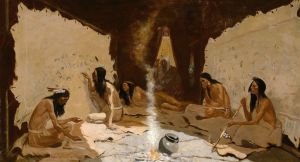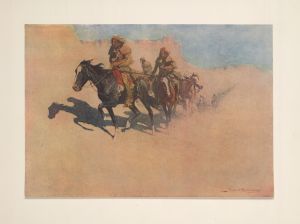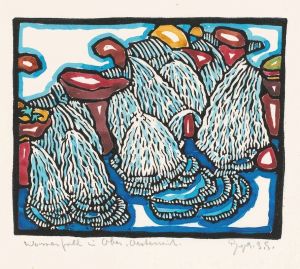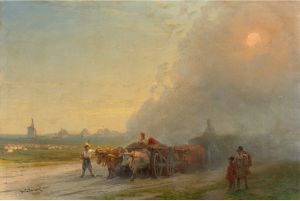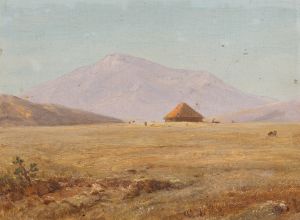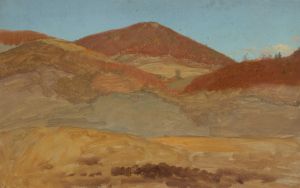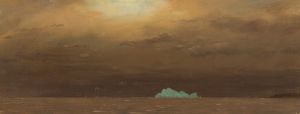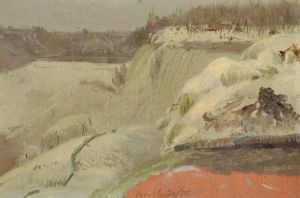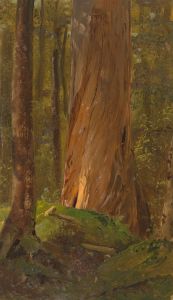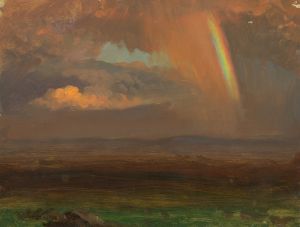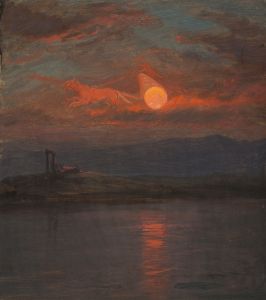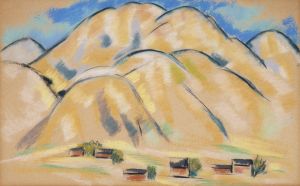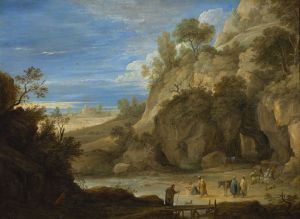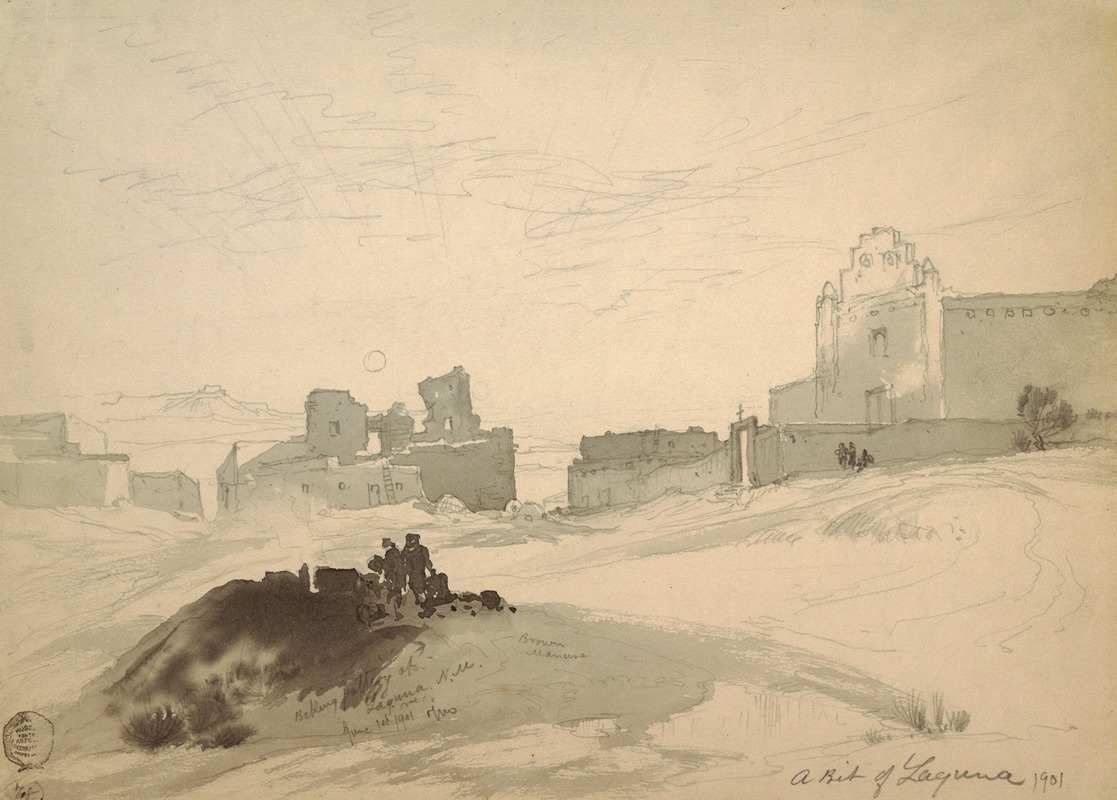
Laguna, New Mexico
A hand-painted replica of Frederic Edwin Church’s masterpiece Laguna, New Mexico, meticulously crafted by professional artists to capture the true essence of the original. Each piece is created with museum-quality canvas and rare mineral pigments, carefully painted by experienced artists with delicate brushstrokes and rich, layered colors to perfectly recreate the texture of the original artwork. Unlike machine-printed reproductions, this hand-painted version brings the painting to life, infused with the artist’s emotions and skill in every stroke. Whether for personal collection or home decoration, it instantly elevates the artistic atmosphere of any space.
Frederic Edwin Church, a prominent figure of the Hudson River School, painted "Laguna, New Mexico" in 1879. This artwork captures the landscape of Laguna Pueblo, a Native American settlement located in present-day New Mexico. Church, known for his detailed and dramatic depictions of natural scenery, was deeply inspired by the American West during his travels in the late 19th century.
The painting showcases the arid beauty of the Southwestern United States, with its rugged terrain, expansive skies, and warm, earthy tones. Church's attention to detail and use of light emphasize the unique geography and atmosphere of the region. The depiction of Laguna Pueblo reflects Church's interest in the cultural and natural diversity of the American landscape, a recurring theme in his work.
Church visited the American Southwest as part of a broader journey to explore and document the landscapes of the United States. His travels were influenced by the growing fascination with the West during this period, as well as the expansion of railroads, which made such journeys more accessible. Laguna Pueblo, established in the late 17th century, is one of the oldest continuously inhabited communities in North America, and its distinctive adobe architecture and surrounding environment likely appealed to Church's artistic sensibilities.
The painting is an example of Church's ability to blend realism with a sense of the sublime, a hallmark of the Hudson River School. While the work is not as widely known as some of his larger-scale masterpieces, such as "The Heart of the Andes" or "Niagara," it remains a significant piece that reflects his exploration of the American West and his dedication to capturing the diversity of the natural world.
Today, "Laguna, New Mexico" is recognized as part of Church's broader body of work that celebrates the beauty and grandeur of the American landscape. The painting is held in a private collection and is occasionally featured in exhibitions that highlight Church's contributions to 19th-century American art.





